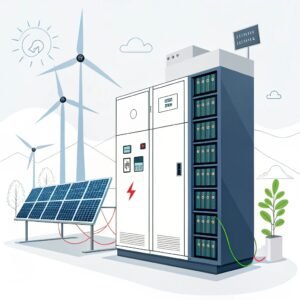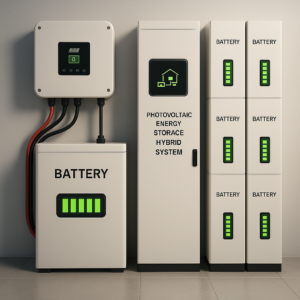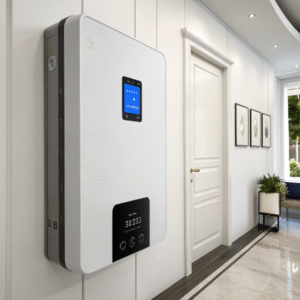How long does it take to fully charge a solar panel?
by
How long does it take to fully charge a solar panel?
You've installed solar panels to harness free energy from the sun, but now you're wondering - how long until they're fully charged and producing maximum power? The answer might surprise you.
Solar panels don't actually need charging - they generate electricity instantly when exposed to sunlight. The "charging" time you're asking about refers to how long it takes your solar battery system to fully charge from the panels' output.
What is the photovoltaic panel?
When people talk about "charging solar panels," they're usually referring to the photovoltaic (PV) panels that convert sunlight into electricity. But what exactly makes these panels work?
Photovoltaic panels are devices that convert sunlight directly into electricity using semiconductor materials (typically silicon) that release electrons when struck by photons from sunlight.
How PV panels actually work
- Sunlight hits the panel: Photons from sunlight strike the solar cells
- Electrons get excited: The energy knocks electrons loose in the silicon layers
- Electric current flows: Freed electrons move through the cell, creating DC electricity
- Inverter converts power: Your system's inverter changes DC to usable AC power
- Electricity gets used or stored: Power either goes to your home or charges batteries
Key components of a PV panel:
- Solar cells (typically 60-72 cells per residential panel)
- Anti-reflective coating
- Metal framing and tempered glass
- Backsheet protection
- Junction box with wiring
What is the difference between photovoltaic panels and solar panels?
Many people use these terms interchangeably, but there's actually an important technical distinction between them.
All photovoltaic panels are solar panels, but not all solar panels are photovoltaic. PV panels specifically generate electricity, while "solar panel" can also refer to solar thermal panels that heat water or air.
Comparison of solar technologies
| Feature | Photovoltaic Panels | Solar Thermal Panels |
|---|---|---|
| Function | Generate electricity | Heat water/air |
| Components | Silicon cells, glass | Pipes, heat exchanger |
| Efficiency | 15-22% | 60-70% thermal efficiency |
| Installation | Rooftop or ground mount | Typically roof-mounted |
| Maintenance | Minimal | Requires fluid checks |
| Cost | $$-$$$ | $-$$ |
When people say "solar panels" for home electricity, they almost always mean photovoltaic panels - the type that converts sunlight to electrical energy.
Are a photovoltaic cell and a solar cell the same?
This is where terminology gets really specific in the solar industry. Let's clarify these similar-sounding terms.
Yes, a photovoltaic cell and solar cell are the same thing - both refer to the individual electricity-producing units (typically made of silicon) that make up a complete solar panel.
Solar cell anatomy
- Top layer: Anti-reflective coating
- N-type silicon: Phosphorus-doped layer with extra electrons
- P-type silicon: Boron-doped layer with "holes" for electrons
- Bottom layer: Back contact to complete circuit
Key facts about solar/photovoltaic cells:
- Each cell produces about 0.5-0.6 volts
- Multiple cells wired together make a solar panel
- Typical residential panels contain 60-72 cells
- Cell efficiency determines overall panel performance
- Most use crystalline silicon (mono or poly)
Conclusion
Solar panels begin producing electricity immediately in sunlight, while battery charging times depend on system size and sunlight availability. Understanding photovoltaic technology helps maximize your solar investment.
You may also be interested in:



